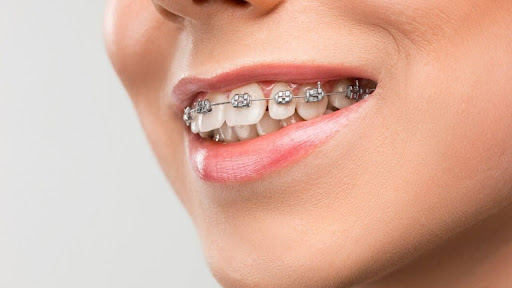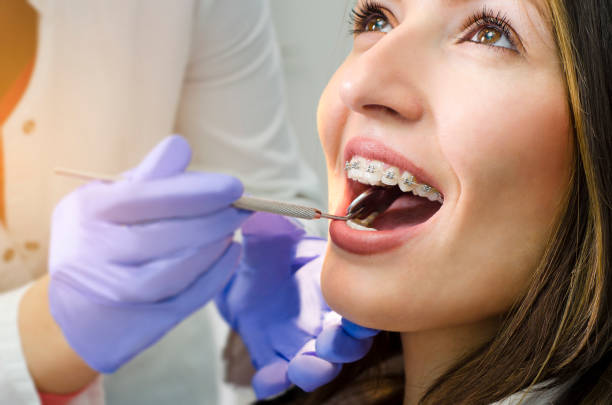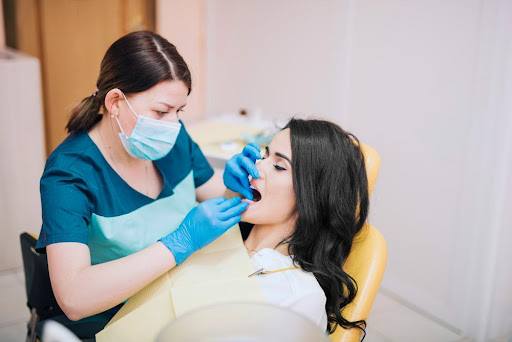Contents
A gray milk tooth in your child can be concerning. Parents often worry that this discoloration signals severe dental or health issues. While a gray tooth can result from various causes, understanding why it happens and how to address it can help you stay calm and take appropriate action. Consulting professionals, such as those at a Livermore dentistry, can provide clarity and effective solutions.
Why Do Milk Teeth Turn Gray?
A child’s milk tooth may turn gray due to trauma, decay, or other underlying dental issues. Below are the most common causes:
Dental Trauma
What Happens
A fall or blow to the mouth can damage the blood vessels inside a tooth, cutting off the supply of nutrients. This can lead to a gray or darkened appearance as the tooth essentially “dies.”
Timeline
Discoloration may occur a few days to weeks after the trauma.
Concerns
In some cases, the tooth may remain functional, but a gray tooth can also indicate an infection or the need for further dental care.
Tooth Decay
What Happens
Cavities or decay caused by poor oral hygiene or excessive sugar intake can lead to discoloration.
Concerns
Unlike trauma, decay can spread to neighboring teeth if untreated, posing a risk to the overall dental health of your child.
Internal Bleeding or Blood Clots
What Happens
After trauma, internal bleeding may cause blood to pool inside the tooth, creating a grayish or darkened tint.
Concerns
While this may resolve on its own, it’s essential to monitor the tooth for signs of infection.
Natural Discoloration
What Happens
Some teeth naturally discolor over time due to genetic factors or the gradual wearing of enamel.
Concerns
This type of graying is usually harmless but can still warrant a dental check-up to rule out other issues.
Is a Gray Milk Tooth Always a Cause for Alarm?
Not necessarily. Milk teeth are temporary and will eventually be replaced by permanent teeth. However, ignoring a gray tooth can lead to complications, such as:
Infections
A dying or decayed tooth can harbor bacteria, leading to an abscess or gum infection.
Speech and Eating Issues
Damage to milk teeth can affect chewing and speech development.
Impact on Permanent Teeth
Problems with milk teeth can affect the alignment and health of permanent teeth.
What Should You Do if Your Child’s Tooth Turns Gray?
Monitor the Tooth
Keep an eye on the discoloration and watch for additional symptoms, such as swelling, sensitivity, or pain. If the tooth remains asymptomatic, it may not require immediate treatment.
Schedule a Dental Appointment
A dentist can perform an X-ray or other diagnostic tests to determine the underlying cause of the graying. Consulting with experts at a Livermore dentistry ensures you receive professional advice tailored to your child’s needs.
Maintain Oral Hygiene
Brush twice daily with fluoride toothpaste. Encourage flossing to prevent decay from spreading to other teeth.
Consider Dental Treatment Options
Depending on the diagnosis, your dentist may recommend:
Observation
If the tooth is healthy and shows no signs of infection, it may not need treatment.
Pulpectomy
This procedure removes the infected pulp inside the tooth, preserving it until it naturally falls out.
Extraction
In severe cases, a gray tooth may need to be removed to prevent infection or alignment issues with permanent teeth.
How Can You Prevent Discoloration in Milk Teeth?
Prevention is the key to maintaining healthy teeth and avoiding discoloration.
Protect Against Trauma
Equip your child with mouthguards during sports or other activities. Teach them to avoid biting hard objects, like ice or pencils.
Establish Good Oral Hygiene Habits
Start brushing your child’s teeth as soon as they emerge. Regular dental check-ups with dentists in Livermore can help detect and address issues early.
Monitor Diet
Limit sugary snacks and drinks that can promote decay. Include calcium-rich foods, like milk and cheese, to strengthen enamel.
Be Proactive About Dental Visits
Regular cleanings and exams at a Livermore dentistry can help identify problems before they worsen.
When to Seek Immediate Dental Care
While some gray teeth resolve naturally, you should contact a dentist immediately if your child experiences:
- Swelling around the affected tooth.
- Persistent pain or sensitivity.
- Fever or other signs of infection.
Prompt attention ensures your child’s dental health is preserved and prevents further complications.
Conclusion
A gray milk tooth in your child may be alarming, but understanding the causes and seeking appropriate care can ensure their oral health remains on track. Whether it’s trauma, decay, or natural discoloration, consulting with trusted dentists in Livermore can provide peace of mind and effective treatment options.
By prioritizing dental hygiene and regular check-ups, you can help prevent similar issues in the future, ensuring your child’s smile remains healthy and bright.
For more information visit : publicmags.com




